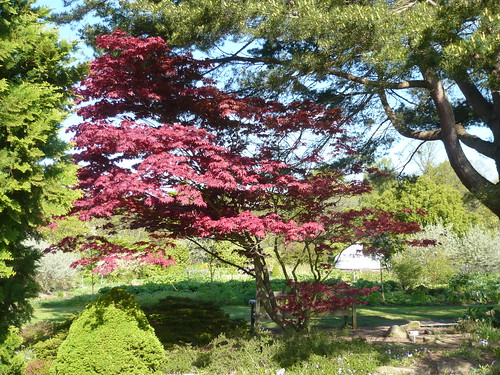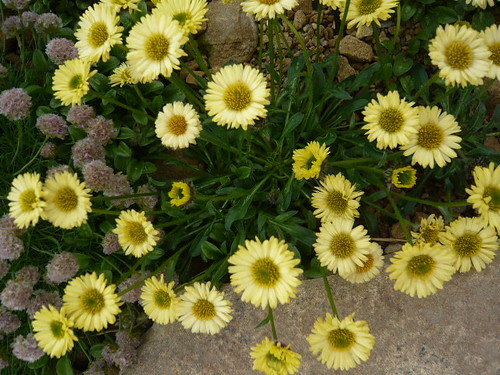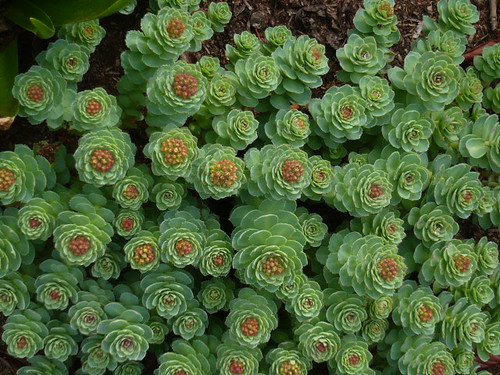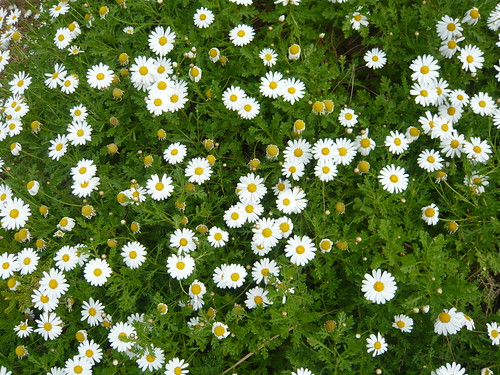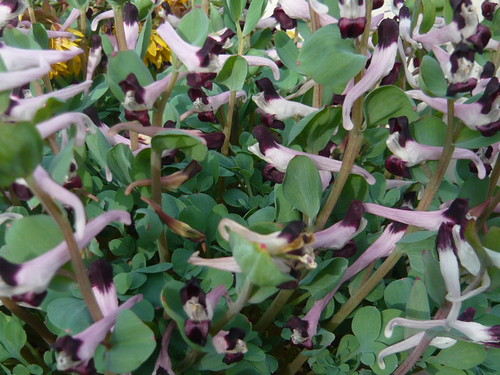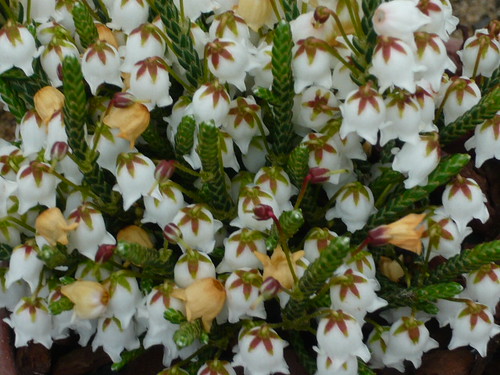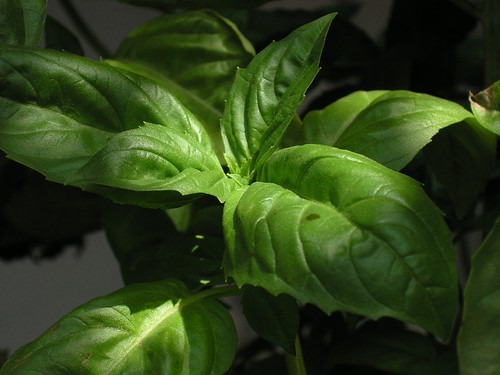Tips for Growing Meconopsis the Blue Poppy
The blue poppy is one of the truly stunning blue flowers to grace any garden. I predict a growth in interest in Meconopsis over the next few years as nurserymen increase saleable stock following some intensive nation wide trials.
Cultivation and Propagation of Meconopsis
- The family contains perennials and monocarpic plants that die after flowering.
- Soil should be neutral to acidic with plenty of humus.
- I find they need plenty of moisture and are often grown alongside streams.
- Meconopsis, are hardy but often short lived, preferring shade and a cool position to full sun.
- Grow from fresh seed. Clump forming Meconopsis sheldonii should be divided every 3 years
Species and Varieties
- Meconopsis grandis can grow 3-5′ tall with stout stems bearing nodding cup-shaped blue flowers.
- Mecanopsis cambrica, quintuplinervia and cultivars can be propagated by division. …


